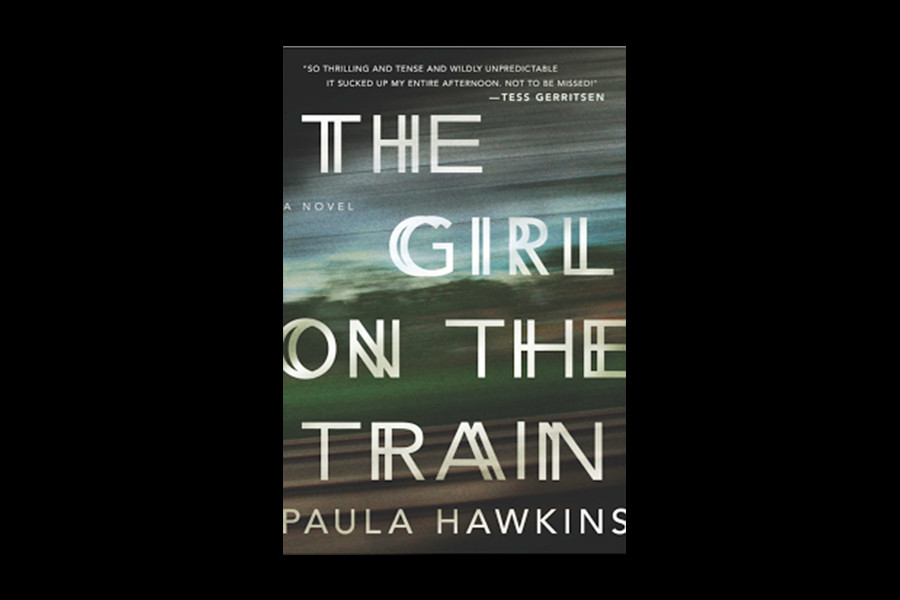The Girl on the Train
The Girl on the Train by Paula Hawkins
April 12, 2015
Since its publication at the beginning of the year, Paula Hawkin’s The Girl on the Train has drawn a good bit of buzz because of what some say are marked similarities to the wildly acclaimed Gone Girl. Let me say this: this book isn’t Gone Girl. Both are thrillers and share common elements of the genre, like a creepy tone, a mystery centering the plot, and unreliable narration; but The Girl on the Train forges its own unique, twisted railway of a plot, which deserves some unique attention.
Rachel, a pitifully bitter alcoholic, grows obsessed with would-be neighbors Megan and Scott, the supposed “golden couple,” and she would be their neighbor if her ex-husband hadn’t taken her nearby home (and a lovely new wife named Anna) in the divorce a few years back. She watches the lives of these happier couples on the train ride into London everyday, and through that train ride, she discovers Megan and Scott are not as perfect as she’d hoped. Soon, Megan goes missing, and Rachel, who doesn’t remember what she was doing the night of the disappearance, takes it upon herself to help investigate her whereabouts.
All three of the female narrators are not to be trusted; Rachel’s blackouts and Megan and Anna’s willful omissions scatter red herrings and those tricky, vague uses of pronouns throughout the novel. These three women are all very distinct in personality as well. Rachel recalls a less aggressive version of Martha from Who’s Afraid of Virginia Woolf?, Megan is the more aggressive version of Daisy Buchanan, and out of all of the women, seemingly insignificant Anna gave me the most Amy Dunne-vibes. The often caustic influence of marriage, women using their sexuality to gain power, and the severe damages abuse and alcoholism bring on are all analyzed thoroughly as the days tick by and Megan stays gone.
I had a few gripes, of course. The beginning of The Girl on the Train starts slow and can seem a bit melodramatic as Rachel’s pitiful narration drags on, so you’re going to have to wait for the suspension to really snap in. The actual reveal of the culprit behind the disappearance and how they were revealed seemed rushed and a bit unrealistic as well (but then again, I’m no expert on this matter). Finally, while all three leading ladies have distinct motivations and characters, their narration styles are all extremely stylistically similar; perhaps Hawkins wanted to add to the reader’s confusion through this tactic, but again, it sacrificed some believability.
While I’m sure thriller-reading pros will have no problem navigating the nooks and crannies of the novel, and some may be disappointed by the differences from Gone Girl, The Girl on the Train remains an impressive debut thriller from Hawkins and is an overall enjoyable mystery.


